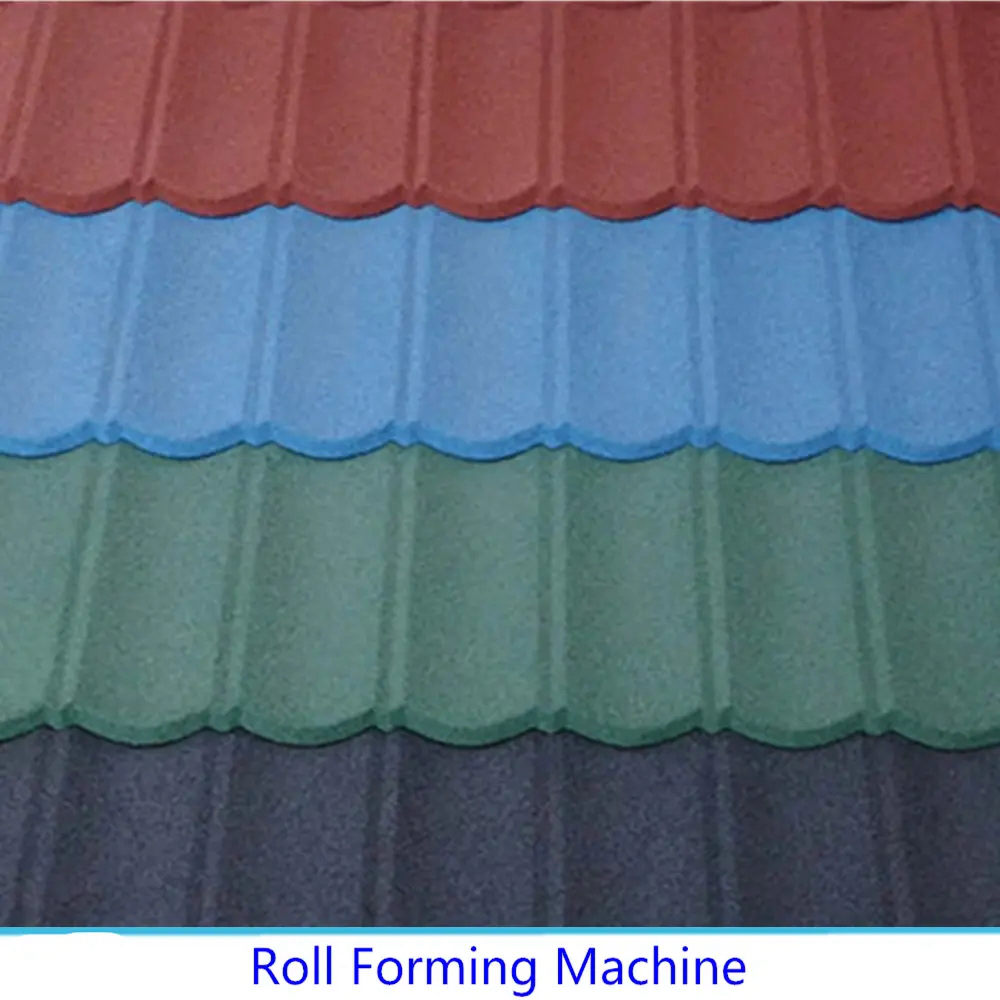
The Role of Solar Mounting Brackets Roll Formers in Clean Energy Solutions
As the world shifts towards renewable energy sources, solar power has become a leading contender in the quest for sustainable solutions. A critical component in solar energy systems is the solar mounting brackets, which provide support and stability for solar panels. The manufacturing of these brackets is facilitated by specialized equipment known as roll formers. In this article, we will explore the significance of solar mounting brackets roll formers in the solar energy industry and their impact on efficiency, cost-effectiveness, and adaptability.
Understanding Roll Forming
Roll forming is a continuous bending process in which a long strip of metal is gradually shaped into desired cross-sectional profiles. This method is increasingly popular in the production of solar mounting brackets due to its ability to produce uniform and precise components with minimal waste. One of the key advantages of roll forming is its efficiency; manufacturers can create long lengths of product without interruption, which not only accelerates production times but also lowers overall manufacturing costs.
Importance of Solar Mounting Brackets
Solar mounting brackets are essential for ensuring that solar panels are securely attached to various structures, such as rooftops, ground mounts, or poles. They must be designed to endure extreme weather conditions, including high winds and heavy snow loads, making the choice of materials and manufacturing processes crucial. High-quality brackets can significantly enhance the lifespan and performance of solar installations, ensuring that they operate at optimal efficiency.
Roll Formers in Manufacturing

The use of roll formers in the production of solar mounting brackets streamlines the manufacturing process. Roll formers can produce complex shapes and designs that are essential for different mounting configurations. This versatility allows manufacturers to tailor brackets to specific client needs, accommodating various panel sizes and installation environments.
Moreover, roll forming machines can be equipped with advanced technologies such as PLC (Programmable Logic Controllers) and real-time monitoring systems. These innovations enable manufacturers to maintain tight tolerances throughout the production process, ensuring that every bracket meets rigorous quality standards. This level of precision is critical in the solar industry, where even minor discrepancies can affect the performance of an entire solar array.
Cost-Effectiveness and Sustainability
One of the most significant advantages of using roll formers for producing solar mounting brackets is cost-effectiveness. The continuous nature of the roll forming process minimizes material waste, reducing costs associated with raw materials. Additionally, the efficiency of roll forming means that manufacturers can produce large quantities of brackets in a shorter timeframe, driving down labor costs and offering competitive pricing to consumers.
Sustainability is paramount in the solar industry, and the roll forming process is inherently eco-friendly. By minimizing waste and utilizing recyclable materials, manufacturers can contribute to the circular economy. As the demand for solar energy continues to grow, the alignment of production methods with sustainable principles becomes increasingly vital.
Conclusion
In conclusion, solar mounting brackets roll formers play a pivotal role in the solar energy landscape. Their ability to produce high-quality, precise, and cost-effective components ensures that solar installations can be both durable and efficient. As the global energy market continues to embrace renewable sources, the innovations in manufacturing techniques, such as roll forming, will be instrumental in meeting the rising demands of solar energy infrastructure. By investing in advanced roll forming technologies, manufacturers can not only enhance their production capabilities but also contribute to a more sustainable future for all.